In recent years, with the advancement of technology, plantar pressure distribution systems have become an important tool for improving foot health, especially in the design of corrective insoles.
1. Principles and Applications of Plantar Pressure Distribution Systems**
Plantar pressure distribution systems use highly sensitive sensors to capture changes in foot pressure when we walk, stand, or even jump. This information reveals how much weight different parts of the foot are bearing, allowing doctors and designers to assess foot health and determine the necessary support.
In the design of corrective insoles, this data is particularly useful. For example, if the pressure is too high in a certain area, designers will thicken the insole at that point to make it softer, thus reducing the pressure on that area. Conversely, if the pressure is insufficient in another area, they will make it slightly harder to increase support.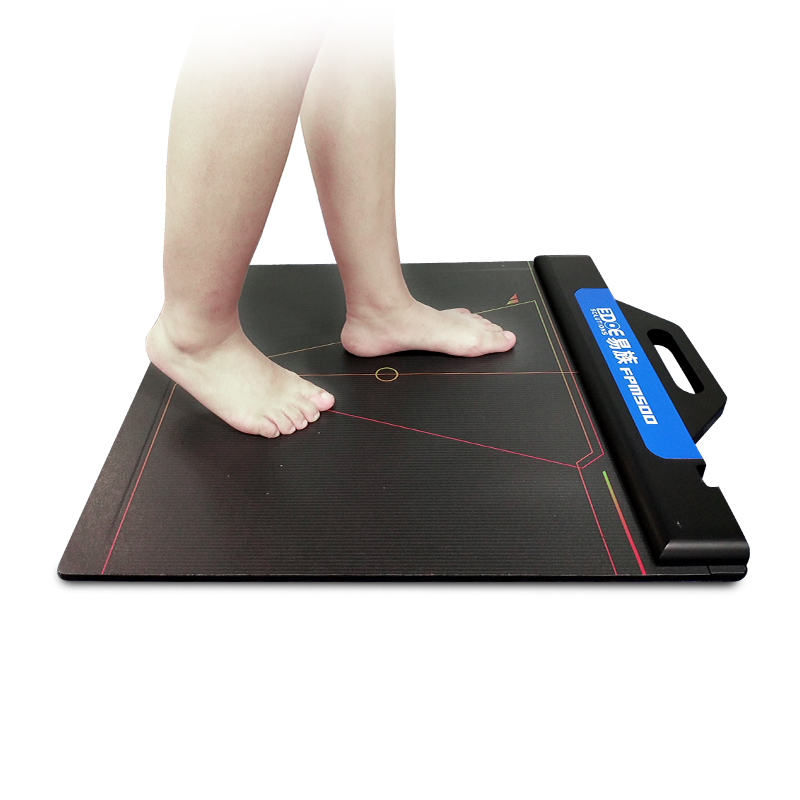
2. Personalized Design of Corrective Insoles
Previously, most corrective insoles were the same regardless of who wore them. However, with plantar pressure distribution systems, we can now tailor insoles to fit each individual. Designers consider many factors, such as age, weight, and occupation, along with each person's foot pressure map, to create the most suitable insoles.
These personalized insoles not only make the feet feel more comfortable but also address issues more effectively, such as alleviating pain, reducing fatigue, and providing better walking stability.
3. Future Trends in Corrective Insoles
With technological advancements, future corrective insoles will become more intelligent and personalized. For instance, using artificial intelligence technology, foot conditions can be automatically analyzed, and the most suitable corrective solutions can be recommended. This way, everyone can have insoles that best fit their feet.
Moreover, 3D printing technology will make the production of corrective insoles simpler and faster. Designers can quickly print customized insoles based on each person's specific needs, making the process convenient and efficient.

 +86-0755-86131192
+86-0755-86131192 2024-07-25
2024-07-25 Back to list
Back to list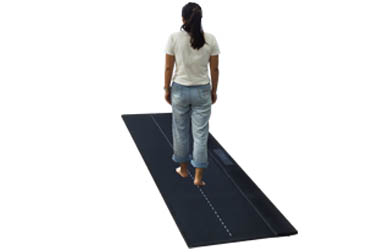
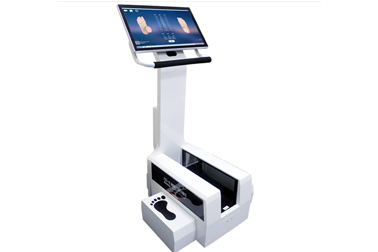
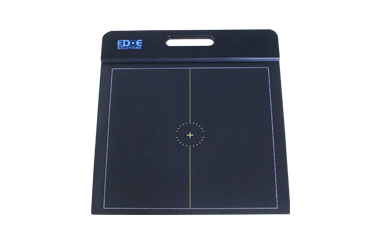
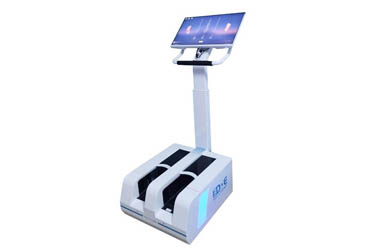
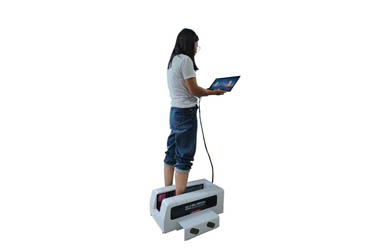



 +86-0755-86131192
+86-0755-86131192